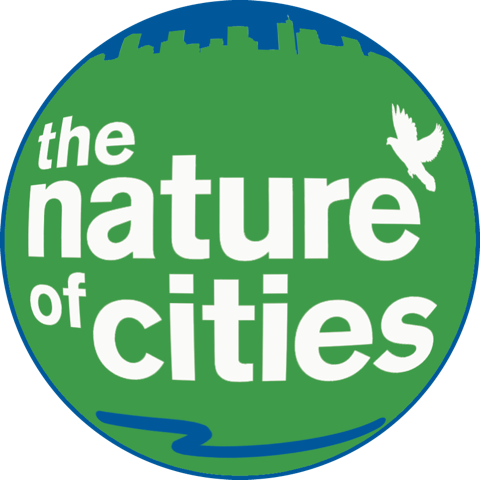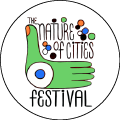30 November 2014
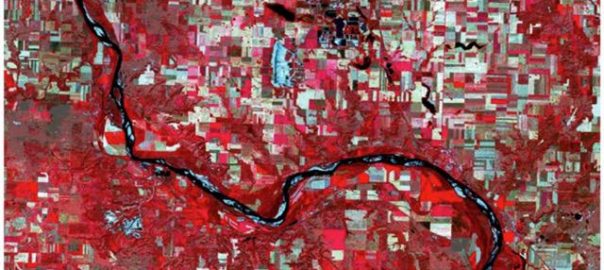
I write this piece from my recent experiences with young and early career researchers at my University of Makerere in Kampala. It is a graduate conference organized by the College of Agricultural and Environmental Sciences and among students are those from the School of Forestry, Environmental and Geographical Sciences, with...
23 November 2014
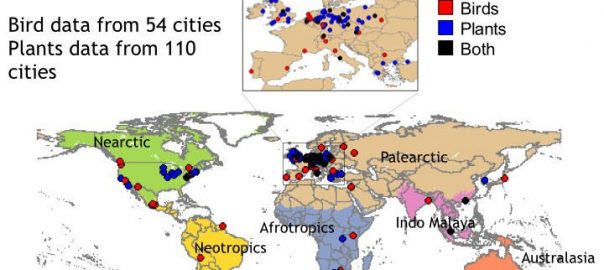
What are the global patterns of biodiversity the world’s cities? Are urban spaces biologically homogeneous and depauperate, or do they harbor significant native biodiversity? These are the questions of a collaborative study of biodiversity in the world’s cities. For several years researchers and practitioners have thought that cities may be...
18 November 2014
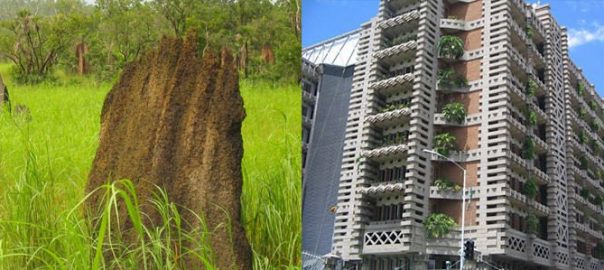
Every year, new scientific advances indicate life is more interwoven than we ever imagined. From recent reports that reveal the cascading effects of wolves’ reintroduction to Wyoming to current studies that track the dire impact of Washington dams on the decreasing nutrient loads in Montana forests, evidence builds of a...
9 November 2014
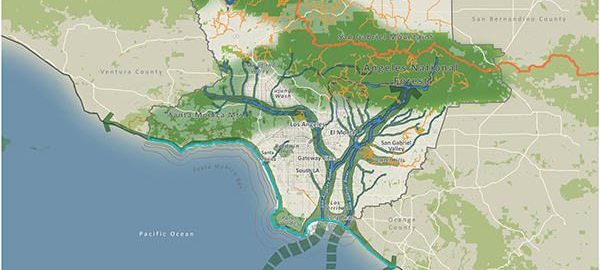
Introduction Mike Houck Urban Greenspaces Institute In winter 2009, Houston Wilderness hosted an inaugural meeting of what would become the Metropolitan Greenspace Alliance. Today the Alliance is a national coalition of coalitions working in ecologically, culturally, and economically diverse communities across the US. Alliance members represent Portland, Oregon; Seattle, the...
28 October 2014

‘There is nothing in a caterpillar that tells you it’s going to be a butterfly.’ —Buckminster Fuller Architecture | Education | Landscape | Nature It’s been six months since Sweet by Nature was penned and released into the ether and in less than a week’s time,...
20 October 2014
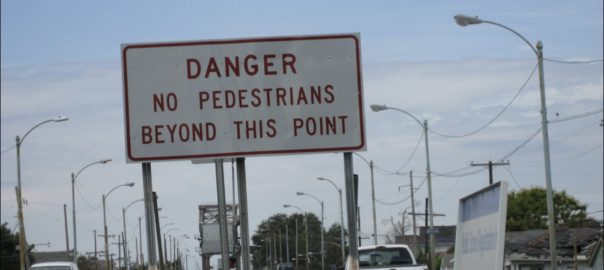
The TNOC Roundtable for October 2014 focused on green corridors in cities to support nature, and the ‘natural’ ecology that resides in the city. I am focused on the ecology of the city. The aim of ecologists and scientists to strengthen the capacity of the city to connect nature within and...
8 October 2014
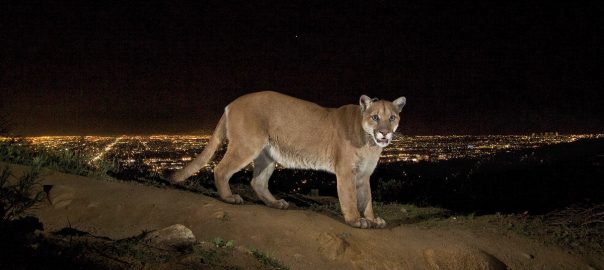
The international conservation movement traditionally has concentrated on protecting large, remote areas that have relatively intact natural ecosystems. It has given a lot less attention to urban places and urban people. About ten years ago, four of us long involved in IUCN, the International Union for Conservation of Nature, set...
28 September 2014

Jane Jacobs said: ‘Cities have the capability of providing something for everybody, only because, and only when, they are created by everybody.’ To embrace this idea that everyone has to be involved in creating cities is to recognize the vitality of neighborhoods as the scale at which most people relate...
24 September 2014
In 2010, the 193 national governments that were then party to the Convention on Biological Diversity (CBD) adopted a decision to endorse the “Strategic Plan for Biodiversity 2011-2020”—to guide their actions towards stemming the biodiversity crisis over the following 10 years. Within the Strategic Plan are contained 20 specific “Aichi...
17 September 2014
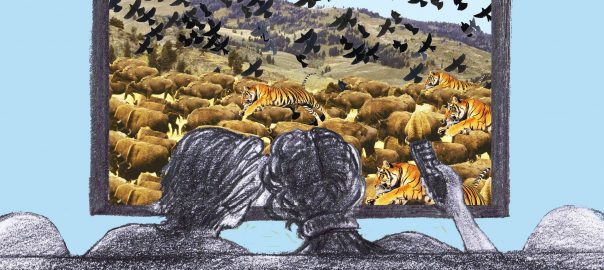
“Civilisation; it’s all about knives and forks.” —David Byrne As a child I was not nature-deprived. I lived in small towns and villages in rural Somerset in England, and enjoyed nature study in primary school but I know that I’ve never seen or experienced anything truly wild. I never will, and...
14 September 2014
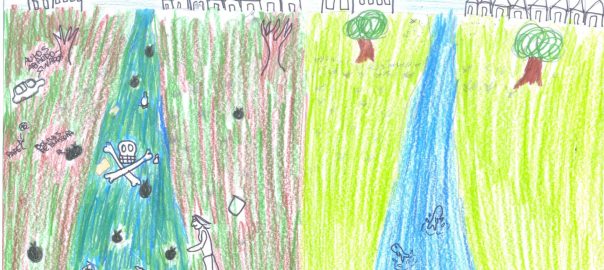
Environmental perception by people is complex and dynamic. Individuals are active agents in their perceptions of nature—not passive receivers of information—while the environment is a global unity on which environmental processes within cities are based. Cognitive, interpretive and evaluative components are all incorporated into the perceptual processes of individuals. The...
10 September 2014
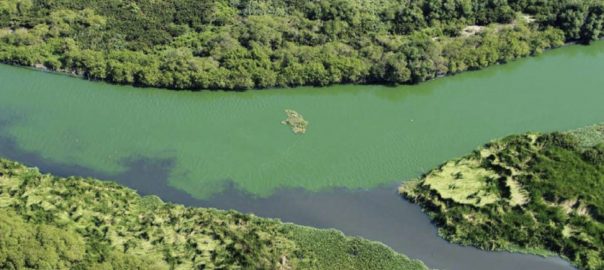
Brazilian landscapes suffer rapid and repetitive transformations through intense and successive periods of exploitation—for example, the Brazilwood that gave the country its name, sugar cane, coffee, cattle, soy or urbanization and its infrastructural needs. Such degradation processes provoke losses of nature and biodiversity, which are hardly reversible, but restoration initiatives had...
7 September 2014
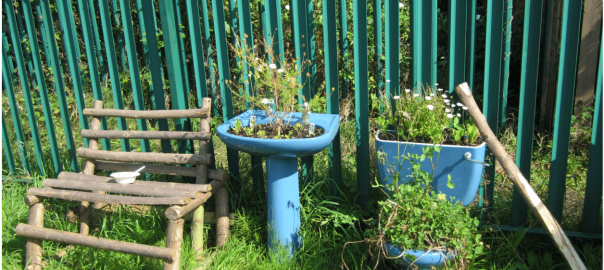
In the many current discussions about how to make cities more resilient, the potential roles of citizens and urban nature are largely overlooked. There are exceptions, including Krasny and Tidball’s work on civic ecology and that of a number of people associated with the Stockholm Resilience Centre (cf. Andersson, Barthel,...
3 September 2014
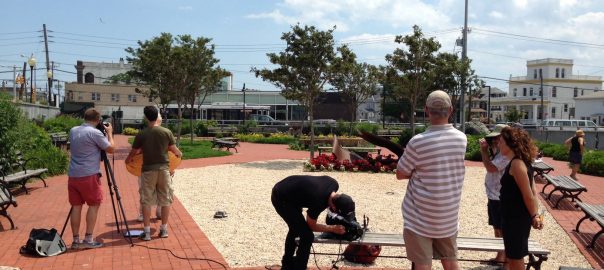
“We will never forget.” After September 11 (2001), this claim was made in countless political speeches, memorial eulogies, bumper stickers, carved stones, tattoos, and tee-shirts. But we do forget. Time rolls on. We age. New people are born who have no lived experience of the tragic occurrences of that day. ...
31 August 2014
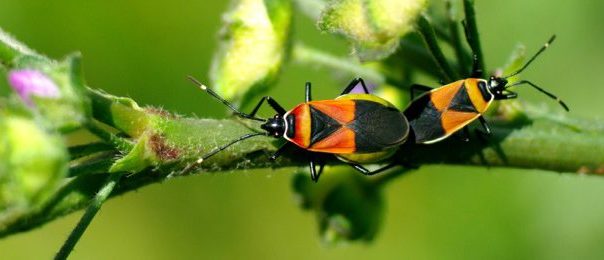
Promoting urban nature is a significant challenge for local governments. As demonstrated by so many posts on this blog, it is evident that it consists of much more than simply protecting areas of high biodiversity from human activity; it is about enhancing and even creating novel forms of ‘nature’ to...
28 August 2014
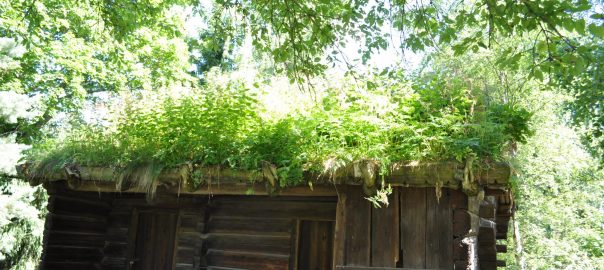
Green roofs are becoming more popular around the globe and are considered to be a very progressive landscape design devise in urban areas. The green roof has started to become fashionable—it is even considered as one of the “compulsory” sustainable buildings features and an important part of urban green infrastructure....
26 August 2014
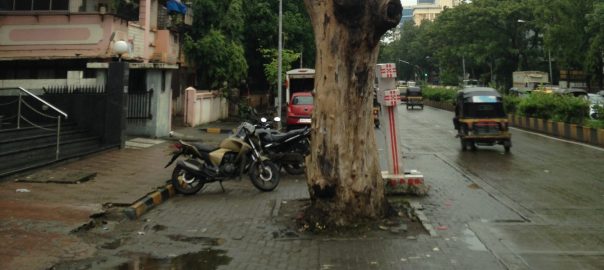
Roads are a significant aspect of a city’s environment, both in terms of the area they occupy as well as their socio-environmental condition. In Mumbai for example, nearly 2000 km of roads occupy approximately 40 km2 of land. This is nearly 20% of the developable land area of 240 km2...
20 August 2014
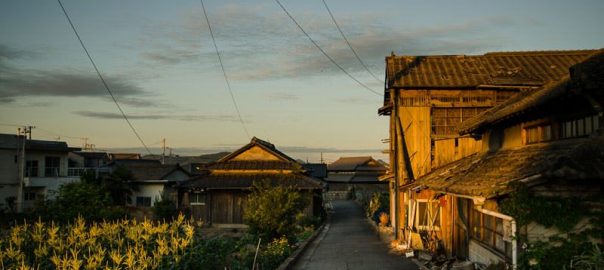
In terms of physical implementation, we have an endless stream of good knowledge, theory, and practice for building sustainable, nature-inclusive cities; a collection reaching back for well over a century. What’s missing, I would argue, are not methods and knowledge, but a consciousness of our relationship to the environment, one...
18 August 2014
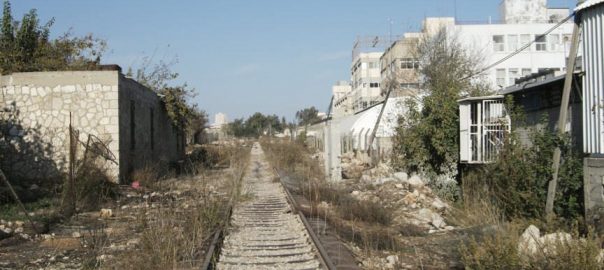
Sharing local experience is always important. However in the case of the Jerusalem Railway Park, both the process and the outcome have the level of universal relevance that make so many of the themes presented in “The Nature of Cities” essential urban reading. I refer to themes of the kind...
12 August 2014
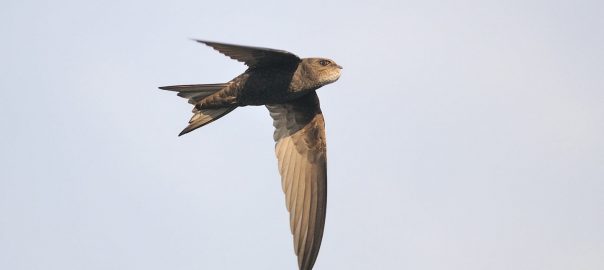
The swifts have gone. They left about a week ago and the sky is silent over British towns and cities. By now they will be well on their way south, quartering marshes in the south of France and Spain, making for Gibraltar where they cross to Africa; airborne now until...


